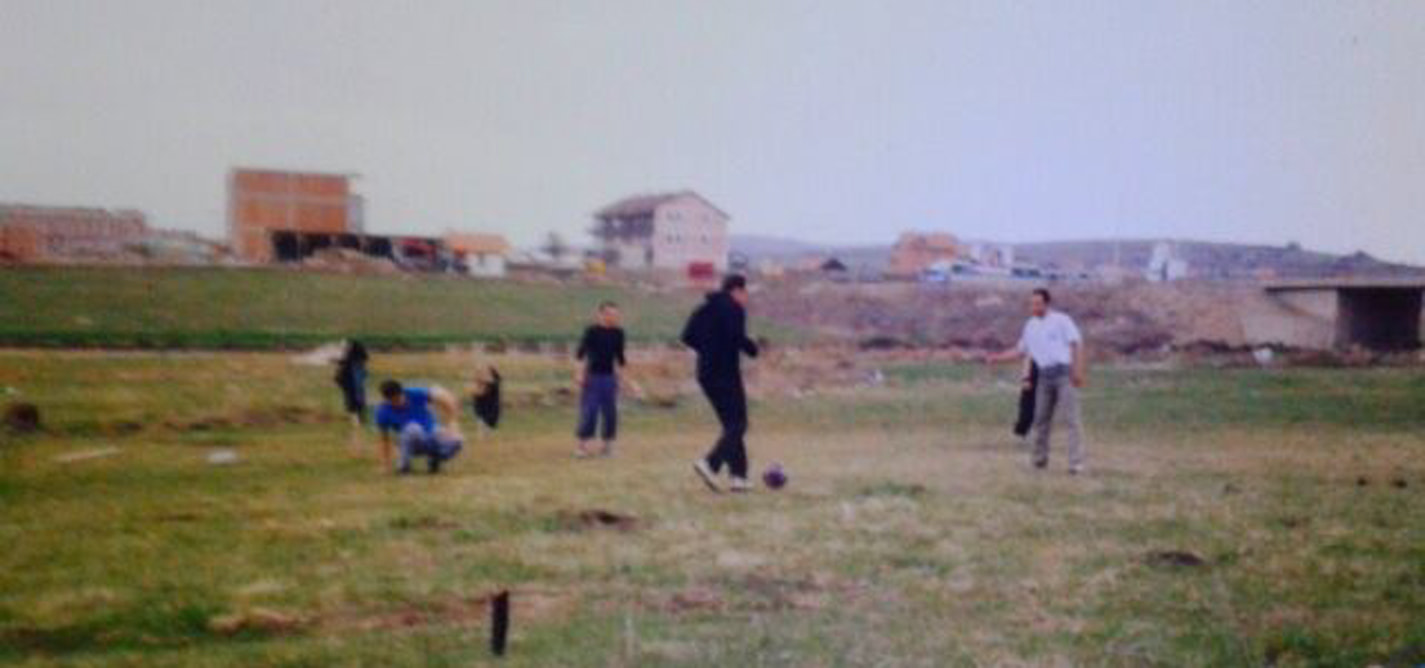
The parallel lives of crows
The segregation of blackbirds mirrored that of humans in Gjilan during the 1990s.
|26.04.2016
|
Within these flocks of segregated birds, you could see allegories for the abolition of Kosovo’s autonomy, the discrimination against Albanians and their parallel lives, and the revenge taken against the Serbs. You could see every harsh narrative.
These children endured so much accusation and damnation, and so many labels — “rats,” “traitors.” These “rat children” were emotionally hurt the most by their peers.

Avni Rudaku
Avni Rudaku finished his university and master’s studies in psychology and sociology at the University of Prishtina. Rudaku is an active member at the Center for Contemporary Art “Varg e vi” and has been a regular weekly columnist for the culture appendix of the daily newspaper Kosova Sot since 2010. He is the author of two books, and is a publicist. He currently lives and works in Gjilan.
This story was originally written in Albanian.